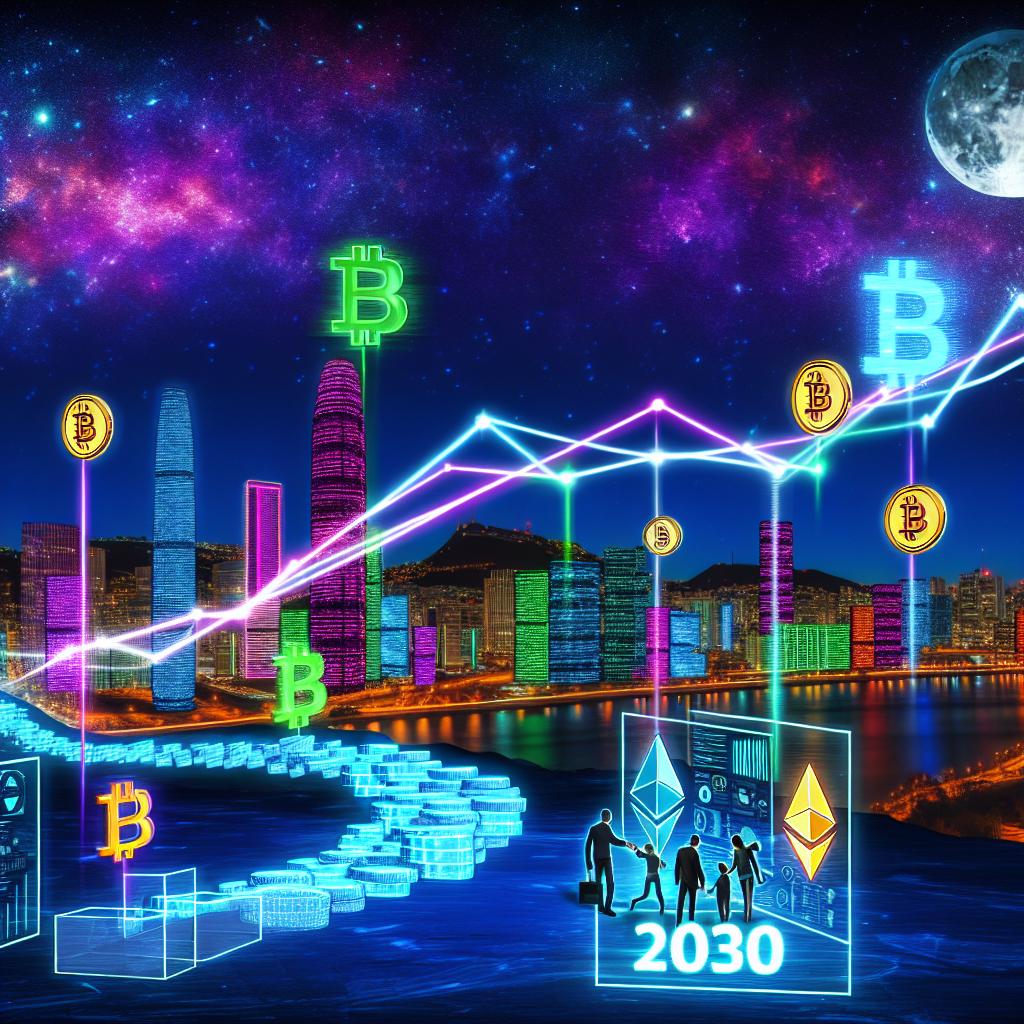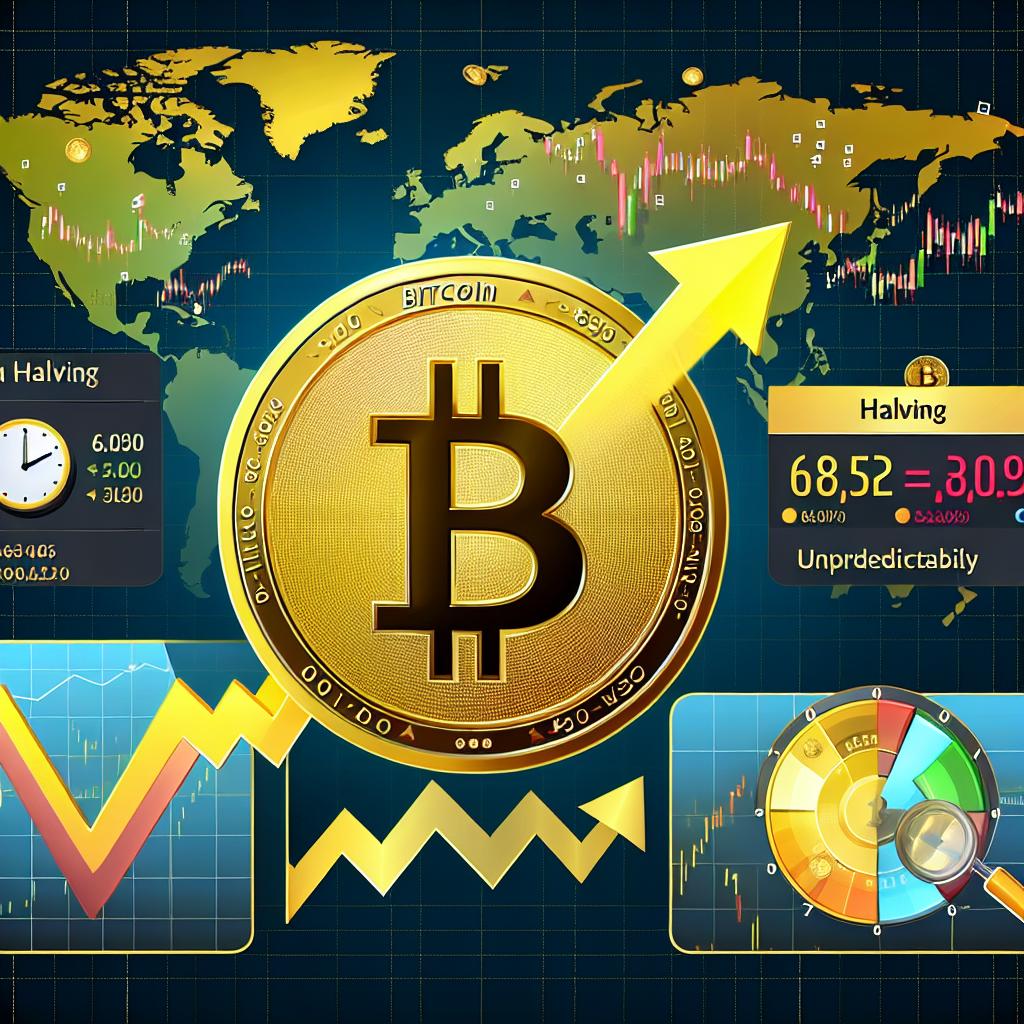Understanding DeFi in the Cryptosphere
Decentralized finance, commonly referred to as DeFi, represents a significant evolution within the cryptocurrency space. It seeks to transform traditional financial systems by employing blockchains, smart contracts, and digital assets. This movement underscores the ethos of decentralization, a core tenet envisaged by many pioneers of cryptocurrency. The emergence of DeFi has introduced novel ways of thinking about finance, challenging existing paradigms by promoting a system that is open, decentralized, and accessible to all.
What is DeFi?
DeFi is an umbrella term for a variety of financial applications in cryptocurrency or blockchain geared toward disrupting financial intermediaries. By leveraging blockchain’s decentralized architecture, DeFi platforms aim to create open financial markets that operate without centralized control. This model significantly differs from the traditional financial system, which relies on centralized entities such as banks and brokerages. These DeFi platforms typically operate through a decentralized network, promoting an open financial ecosystem where users have greater control over their finances.
Core Components of DeFi
DeFi operates through a combination of various blockchain technologies. The following are integral to this ecosystem:
Smart Contracts: Smart contracts are self-executing contracts with the terms of the agreement directly written into lines of code. Ethereum is the most widely used platform for DeFi applications because of its robust smart contract protocol. These contracts replace the need for third-party intermediaries, executing transactions automatically when conditions are met.
Decentralized Applications (dApps): These are software applications that run on a decentralized network and play numerous roles in DeFi. They offer services similar to traditional finance such as lending, borrowing, trading, and more. DApps operate in an autonomous manner on blockchain platforms, offering users innovative solutions that maintain the integrity and transparency of blockchain.
Tokens and Stablecoins: Most DeFi applications use tokens for transactions. These can represent anything from traditional currency derivatives to unique tokens on a blockchain. Stablecoins, a subset of these tokens, aim to minimize volatility by being pegged to real-world assets like the US dollar. This stability is essential for the wider adoption of DeFi projects, as it ensures that users can rely on the value of their assets without the extreme fluctuations often seen in other cryptocurrencies.
The Advantages of DeFi
DeFi offers several advantages that traditional financial systems cannot. It provides innovative tools and opportunities that are reshaping financial landscapes across the globe.
Increased Accessibility: DeFi platforms operate on a permissionless basis, allowing anyone with an internet connection to access financial services. This accessibility makes DeFi a tool for promoting financial inclusion in regions where traditional banking services are sparse or unavailable. By removing geographical and economic barriers, DeFi brings financial services to populations previously underserved or unbanked.
Transparency and Security: All DeFi transactions are recorded on the blockchain, ensuring transparency. This record-keeping system enhances security, as the decentralized nature of blockchain minimizes the risk of centralized manipulation or fraud. Blockchain’s immutable ledger provides a transparent history of transactions, offering users confidence in the system’s integrity.
Interoperability: Many DeFi platforms are designed to work seamlessly with one another due to their open-source nature. This interoperability enables a more cohesive financial ecosystem, allowing for new and innovative financial products and services. The interconnectedness of DeFi projects fosters experimentation and merging of different financial instruments, paving the way for creative financial solutions.
Challenges Facing DeFi
Despite its benefits, DeFi also presents several challenges. As the technology evolves, proponents must address these challenges to ensure the sustainability and growth of the DeFi ecosystem.
Scalability Issues: Most current DeFi platforms face challenges related to transaction speed and costs. As demand increases, these platforms must evolve to process higher transaction volumes efficiently. Scalability remains a pressing issue as the user base in DeFi continues to grow, pushing the system to its limits.
Smart Contract Vulnerabilities: While smart contracts are powerful, they are not immune to errors. Bugs within smart contracts can lead to significant financial losses. Regular audits and advanced verification techniques can mitigate this risk, but they cannot eliminate it completely. Continuous improvement in smart contract coding practices and security measures is vital to prevent exploitation by malicious actors.
Regulatory Concerns: As DeFi continues to grow, it attracts more scrutiny from regulatory bodies worldwide. The decentralized nature of DeFi makes it difficult to regulate, posing challenges for policymakers. Balancing innovation with consumer protection and compliance is critical for bridging the gap between DeFi initiatives and existing regulatory frameworks.
The Future of DeFi
The potential of DeFi in reshaping the financial landscape is vast. Innovations in DeFi have the potential to offer a more equitable financial system, but this will require overcoming existing challenges. Future advancements may include improved cross-chain compatibility and enhanced user experiences. Cross-chain solutions might enable seamless asset transfers and collaborations between different blockchain ecosystems, enhancing accessibility and utility.
Continuous innovation in DeFi promises to expand its capabilities, offering new services and improving overall system efficiency. Developers and stakeholders in the DeFi space are working tirelessly to tackle inherent challenges such as security vulnerabilities and scalability issues.
For more in-depth information on DeFi, several resources provide detailed insights into specific projects and ongoing developments in this space. Engaging with these resources can offer a more nuanced understanding of both the opportunities and risks associated with DeFi. Blockchain enthusiasts and industry professionals must keep abreast of these developments to benefit from the dynamic shifts within this ecosystem.
Moving forward, collaborating with regulators and ensuring the secure adoption of DeFi technologies will be essential for fostering sustainable growth and scalability. Addressing these concerns will enhance the credibility of DeFi initiatives and open new doors for global financial inclusion and innovation.
This article was last updated on: June 26, 2025



